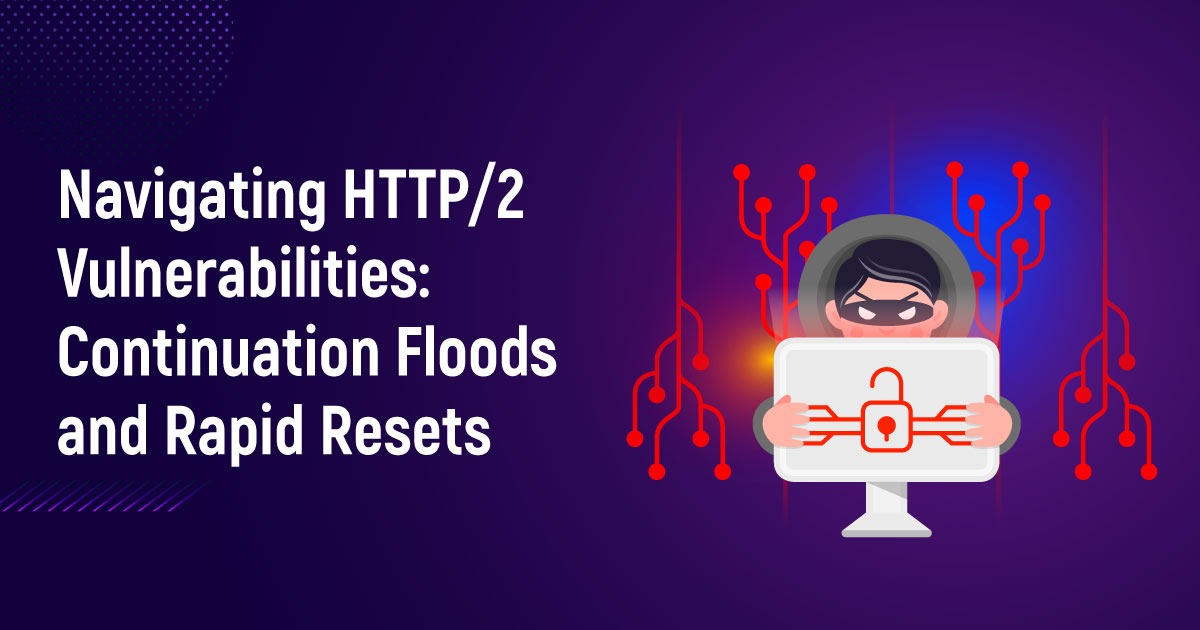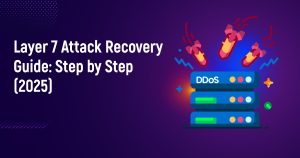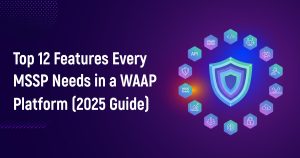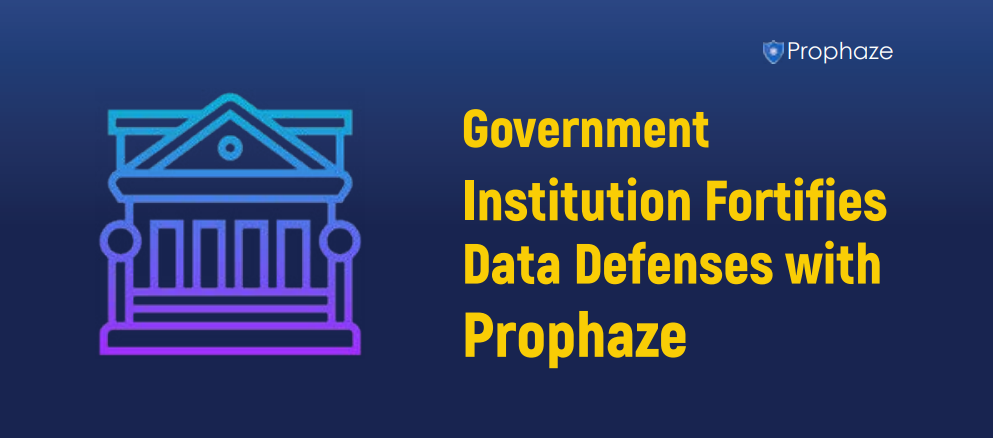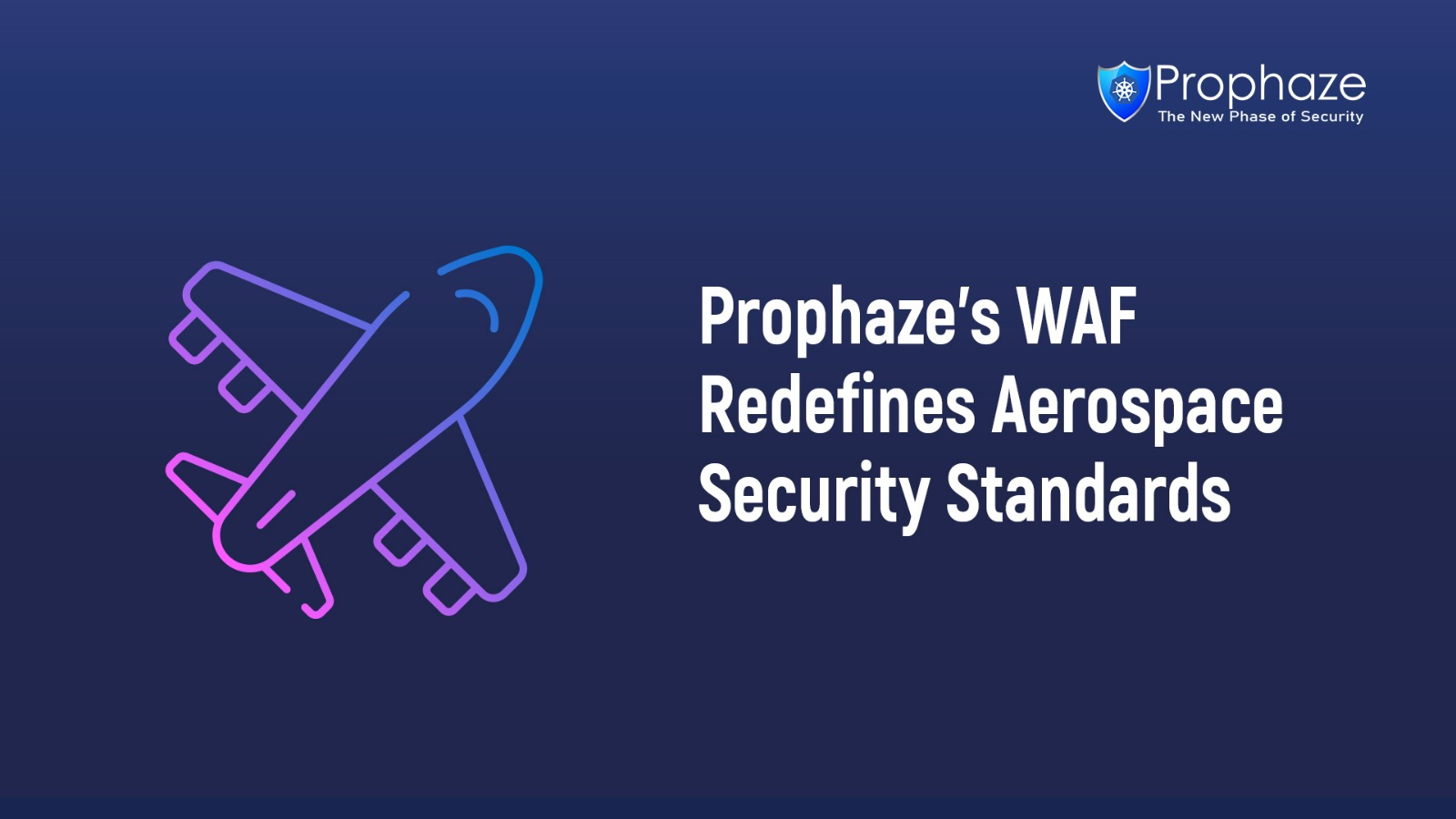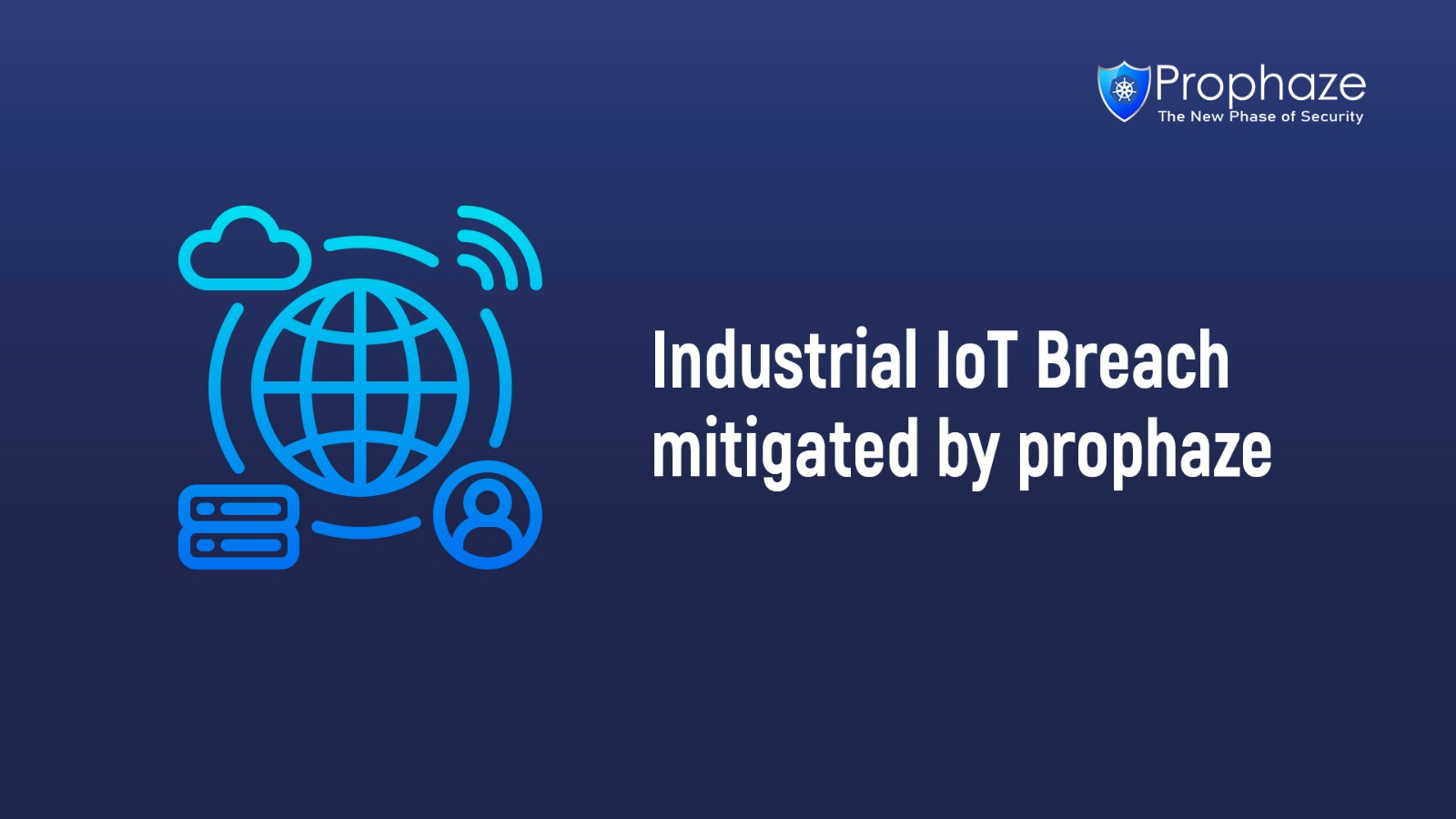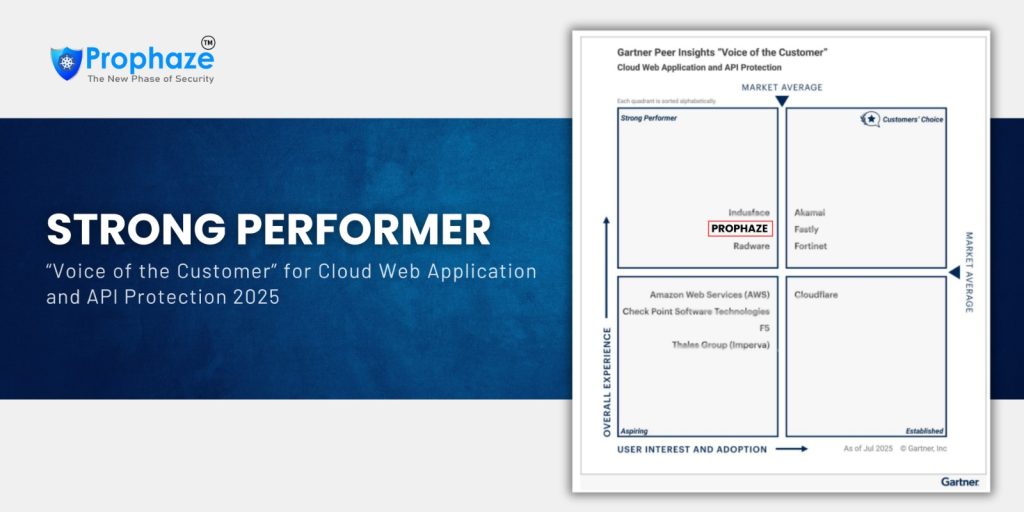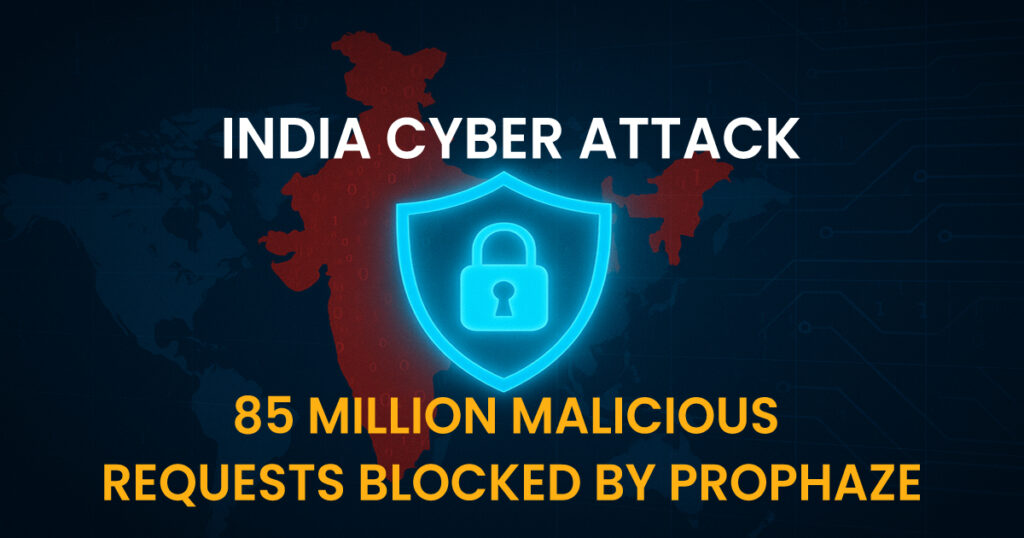In the realm of web security, the evolution of protocols brings both advancements and vulnerabilities. The HTTP/2 protocol, known for its performance enhancements, has recently faced scrutiny due to vulnerabilities like the HTTP/2 Continuation Flood and HTTP/2 Rapid Reset Attack.
Understanding HTTP/2 Continuation Flood
The HTTP/2 Continuation Flood, a recent disclosure, highlights a flaw in implementation rather than design, posing a risk of resource depletion and server crashes.
Risk Assessment
Unlike the HTTP/2 Rapid Reset Attack, which leveraged protocol weaknesses for application-layer DDoS attacks, the Continuation Flood exploits the flexibility of HTTP/2’s header block handling, potentially leading to denial-of-service conditions.
Security Research Insights
Security researcher analysis underscores the significance of these vulnerabilities, prompting a deeper examination of HTTP/2’s security dimensions.
Impact and Targeted Systems
The Continuation Flood, characterized by perpetually crafted header sequences, targets HTTP/2 servers, including popular implementations like Apache httpd and Envoy, exposing them to resource drain and potential crashes.
Mitigation Strategies
Mitigation strategies involve immediate patching of susceptible servers and deploying secure application-level HTTP/2 proxies to intercept malicious traffic.
Exploring the HTTP/2 Rapid Reset Attack
On the other hand, the HTTP/2 Rapid Reset Attack exploited multiplexing features in HTTP/2 to escalate application-layer Web DDoS attacks. This technique, leveraging protocol vulnerabilities, amplified attack rates significantly, impacting any vendor using HTTP/2.
How Prophaze's Expertise in Addressing HTTP/2 Vulnerabilities

Continuous Scrutiny: Understanding Vulnerabilities
The scrutiny of HTTP/2 vulnerabilities underscores the ongoing battle between innovation and security in web communication protocols. Prophaze, with its advanced AI/ML-based threat profiling and cloud-native architecture, is at the forefront of proactive defense strategies.
Prioritizing Updates: Mitigating Risks
Implementers must prioritize updates and proactive defenses to mitigate risks associated with evolving attack vectors targeting modern protocols like HTTP/2. Prophaze’s integrated Cloud WAAP Platform, offering AI/ML-driven Layer 3-7 DDoS protection and customizable security policies, ensures a robust defense mechanism against emerging threats.
Conclusion
In conclusion, understanding and addressing vulnerabilities in protocols like HTTP/2 are essential for maintaining a secure web ecosystem amidst advancing technologies and persistent cybersecurity threats. Collaborative efforts between researchers, vendors, and users remain crucial in safeguarding digital infrastructures against emerging threats.

